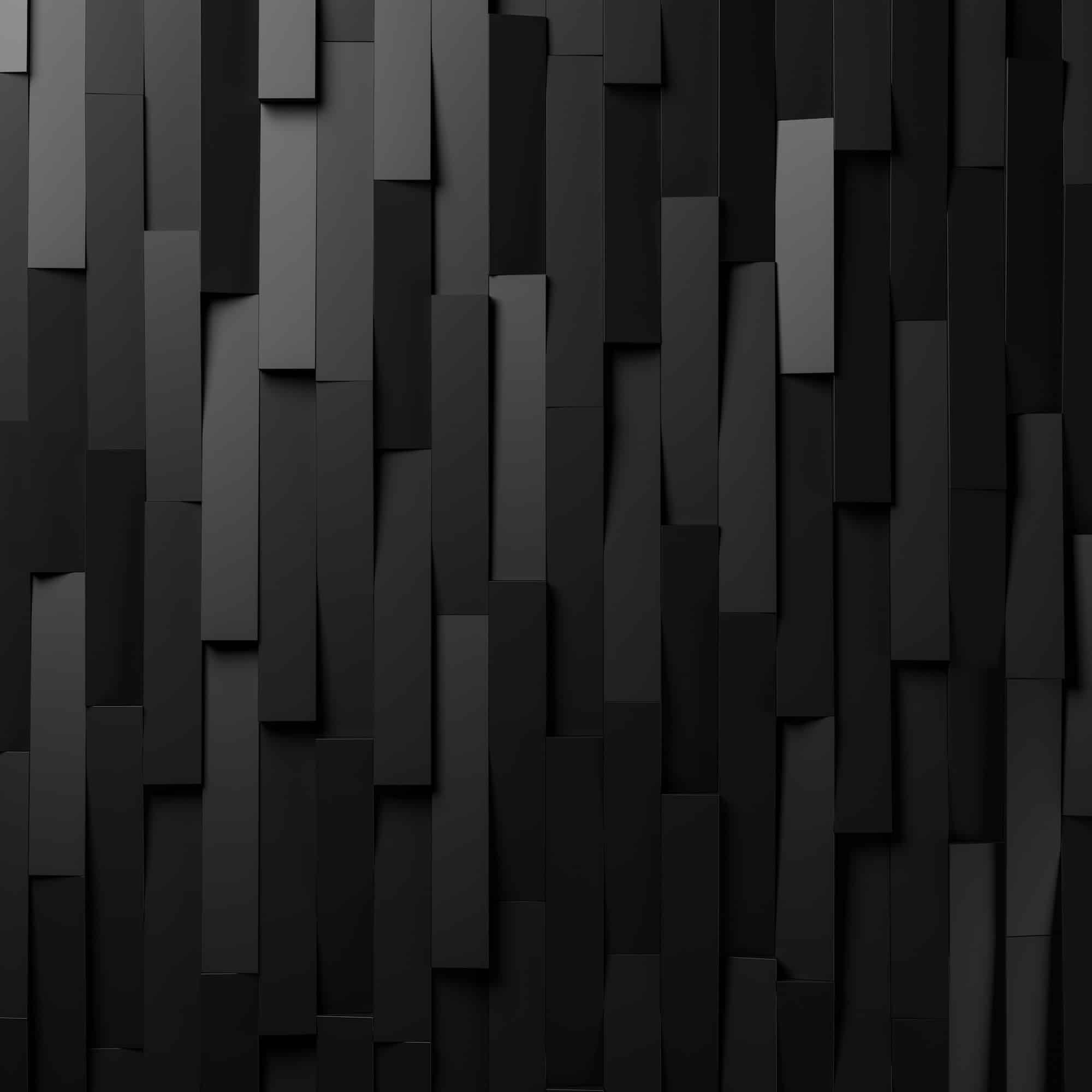Your homepage is often the first page users see when visiting a website. Unfortunately, many still make basic homepage design mistakes that alienate potential customers and increase bounce rates. To make sure your website isn’t holding your business back, here are seven homepage design elements you should seriously consider removing or at least modifying.
Sliders
While sliders might look pretty on the homepage, many marketing experts agree that they don’t really enhance the user experience. There are three main problems with sliders:
- They look like spammy banner ads, and people have learned to tune out ads.
- They can cause your homepage to load more slowly.
- They move too fast and overload people with too much information.
Your visitors just want clear and straightforward information. Sliders make visitors feel like they’ve lost control over the information they receive. Instead of using a slider, choose your most important offer and place it inside a static section with a clear call-to-action.
Prominent social media icons
While there’s nothing wrong with displaying social media icons, you don’t want to draw too much attention to them. You want visitors to read your homepage content before you encourage them to explore your social media channels. Getting visitors to your site is hard enough.
Consider removing social media links from the header or sidebar. Instead, place them lower down the page or in the footer section. If you have to show them at the top of the homepage, consider removing the colors so they don’t stand out as much.
Confusing navigation menu titles
Visitors should know exactly where they’re going if they click on one of your menu items. Use descriptive category names that are clear to the user, and use common phrases. For example, “About Us” might be unoriginal, but at least people understand what it means. Some businesses are tempted to use clever titles such as “Company Experience,” but why confuse visitors with ambiguous language? This will only cause more visitors to bounce.
If you’re not sure what to include, start with a few basic menu items to ensure visitors can easily find your most important pages.
Stock photos
Attractive images on your homepage can help to build audience trust, but stock photos have the opposite effect. Most visitors will spot a stock photo immediately, and this will only make your company look insincere.
Instead, stick to using original photos that showcase your key products or actual staff members. If possible, hire a photographer for a day. You’ll get lots of images that you can use across your marketing channels for years. Also, avoid displaying too many photos on your homepage. One or two is fine, but save the rest for other pages of your site.
Unspecific headlines
Vague headlines that don’t indicate a clear benefit to potential customers should be ditched. You need to make it clear to visitors that your business is the right fit for their needs. This is why descriptive and concise headlines are so important.
Most visitors simply want to know exactly who you are and what you do. Make sure these questions are answered clearly and concisely in the homepage headline. One way to create a strong headline is by highlighting a problem that your business solves.
Vague call-to-action (CTA) buttons
Undescriptive CTA buttons are another thing that should be reworked. Basically, if the text on a CTA button is bland, fewer people are going to want to click it. For example, “submit” is commonly used on business websites, but it’s ultimately uninspiring.
To create more compelling CTA button text, highlight the benefit people will receive after clicking. Also, try to use action verbs. For example, “Get my 10 percent discount,” “Learn more,” or “Sign me up for free updates.”
An intrusive logo
There’s nothing wrong with displaying your business logo, but if it’s too large it might be taking up unnecessary space on your homepage. Remember that the goal of your homepage is to provide visitors with key information quickly; a large logo can distract visitors from your main headline. Obviously, you don’t want to remove the logo entirely, but consider resizing it so that your headline, contact information, and main CTA are the most noticeable page elements above the fold.
Wrapping up
Hopefully, these tips will help you identify potential problems on your homepage that could be leading to higher bounce rates. Ultimately, you should aim for simplicity. If your homepage contains too much text, features too many CTAs, and is cluttered with distracting graphics, you’ll just overwhelm visitors and cause more people to bounce off your site.
You might disagree with some of the above advice, but it’s always worth experimenting with different homepage layouts to see if minor changes have an impact on bounce rates.
Every business has different marketing goals and ideas about how to present their business to consumers. There’s no one-size-fits-all approach to homepage design, but if you follow these guidelines you should have a more user-friendly homepage that engages your audience, reduces bounce rates, and gives your business the competitive edge.





